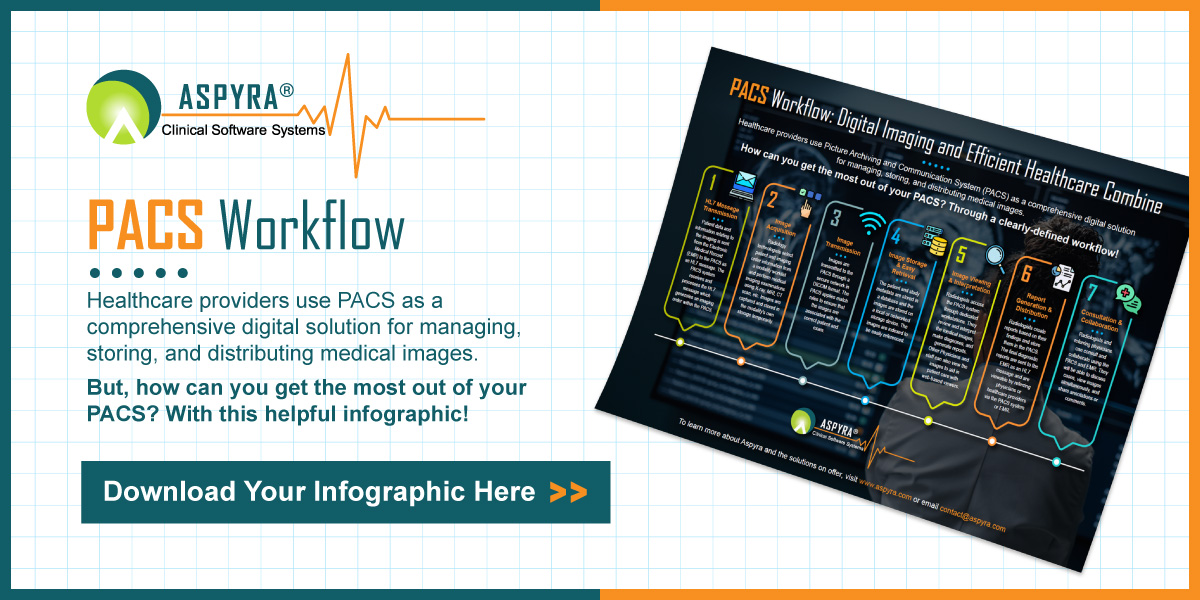Improving Patient Care with PACS

Patient care is the foundation of healthcare, which is why it’s important to provide high-quality service and ensure positive results. This involves several factors including accurate diagnosis, timely treatment, and efficient communication among healthcare providers. Picture Archiving and Communication System (otherwise known as PACS) is a technology with the promise of improving patient care. Here’s how:
A Brief Explanation of PACS Technology
Replacing the outdated film-based image storage and retrieval method, PACS is a computer-based update. The software enables healthcare professionals to capture, store, and distribute medical images and patient information electronically; this includes X-rays, CT scans, MRIs, and ultrasounds. These images are saved in a DICOM (Digital Imaging and Communications in Medicine) format: a standard format for medical images.
How PACS Improves Patient Care
PACS has revolutionized the way medical providers access and manage medical images, improving patient care in several ways:
Faster Diagnosis
PACS allows authorized healthcare providers to access and retrieve patient information instantly from any centralized location. This real-time access allows for more accurate, efficient, and timely diagnoses. PACS also reduces the risk of lost or misfiled medical images, which can lead to delayed diagnosis and treatment. PACS eliminates the need for manual image retrieval and transport, resulting in a more efficient workflow. This frees up healthcare professionals to focus on patient care—improving the quality of care they provide.
Improve Accuracy
Because the technology captures high-quality images, it is easier for healthcare providers to use PACS to edit, manipulate, and adjust images for better visualization. PACS software also includes zoom, pan, and measurement functionality. This makes it easier for healthcare providers to make accurate diagnoses. When healthcare professionals can access images quickly and analyze them accurately, patient outcomes improve. In this, PACS shines.
Better Collaboration and Communication
Through PACS, healthcare providers are able to share medical images and patient information with other providers, such as specialists or referring physicians (even from another facility). These images and information can be accessed from anywhere at any time. This makes it easier for healthcare professionals to communicate about a patient’s medical condition, treatment, and progress. It also reduces the risk of errors and miscommunications. Overall, PACS facilitates better collaboration and more informed decision-making.
Security and Patient Safety
PACS implements user authentication to ensure only approved users can access patient information. The system logs all access to patient data and tracks any modifications to help identify a potential security breach and ensure patient information data is safe.
PACS Technology: Enhancing Patient Care
Patient care is a critical component of any healthcare facility. When integrating a PACS, these facilities offer faster diagnoses, improved accuracy, better collaboration, and secure patient data. Overall, PACS is a valuable tool for significantly improving the quality of healthcare. Aspyra is an experienced provider of healthcare technologies like PACS and Medical Laboratory (LIS) Solutions. To learn more about Aspyra, check out the imaging solutions we provide to healthcare practitioners just like you.

